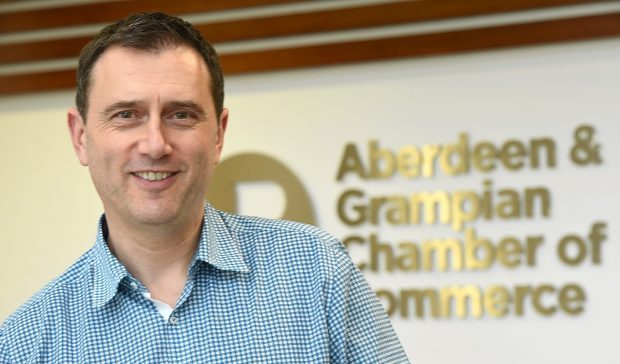The economy relies upon the basic physical and organisational structures and facilities essential to the smooth functioning of enterprises.
Well-designed infrastructure investments can deliver both short and long term benefits creating jobs in the construction phase and raising land values, productivity and economic growth by creating the conditions and confidence for business to grow and prosper.
New road and rail links to move people and goods more easily.
Modern schools for the next generation of our workforce.
World class digital connectivity.
So how should all this be paid for?
A variety of studies clearly demonstrates the pattern that a burst of public sector investment is almost invariably followed by the “crowding in” of private funds.
Since 2008, the austerity agenda has meant a tight rein on spending at both national and local levels and, with it, limited scope for large scale investment projects.
The recent announcement on Heathrow is welcomed but the decision has taken too long and risks our national competitiveness.
One of the most urgent priorities highlighted in the Chamber’s recent Building Evidence report on the North-east property sector was for positive changes to arise from the current review of the planning system.
There is a strong belief that existing processes are not fit for purpose and that the removal of layers of decision-making, accelerated timelines and a focus on delivery can deliver greater economic growth at a faster pace.
Discussions are happening on the possible devolution of fiscal and non-fiscal powers from UK and Scottish government to local authorities.
This will create more local accountability and enable effective on-the-ground delivery of the priorities highlighted in the Regional Economic Strategy.
The City Region Deal is an important – but only the first – step in this process.
Failing to make positive progress with this agenda could result in the “Northern Powerhouse” English cities achieving economic growth at the expense of Scotland.
In November, we launched an investment tracker in partnership with EY which reveals that more than £5billion of public and private infrastructure investment is due to be delivered in the region before 2030, with most of it scheduled for the next five years, but this should only be the start.
Confirmation of the successful launch of a £370million bond by Aberdeen City Council should be seen as a strong vote of confidence in our city’s future prospects is an important milestone on this journey.
The Chamber believes that it is the role of local and national government to create the framework and conditions that will attract the private sector investors and entrepreneurs that we need to deliver the vision and legacy that we all want for future generations.
